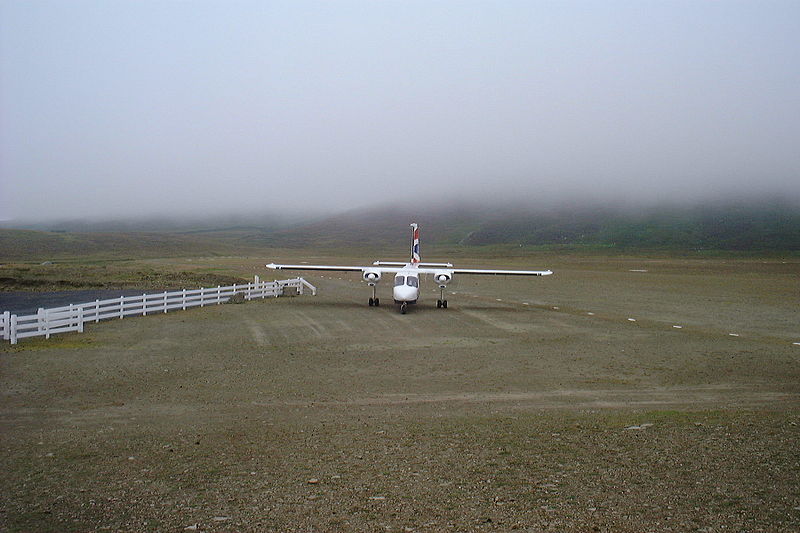Gravel runway life cycles can prove to be very costly, however there are ways to manage costs through life cycle assessments and certified techniques that can also extend these life cycles.
Maintaining and repairing gravel runways over their life cycles can prove costly.
The challenge is ensuring that runways are optimal for aircrafts to take-off and land, while keeping the possible impact of materials on the environment to a minimum.
Life Cycle Assessments
Life Cycle Assessment (LCA), also known as Life Cycle Analysis, is a powerful tool for recording and evaluating the environmental, social and economic impact of a gravel runway.
It works by inspecting the entire life cycle of gravel runway, from cradle to grave, which allows for weak points to be identified, possible environmental impacts exposed and potentially avoided, and solutions pinpointed.
How are they Worked Out?
The United Nations lists three main types of LCA. They are: attributional LCAs, consequential LCAs and social LCAs.
Attributional assessments seek to establish the burdens associated with the production and use of a product, or with a specific service or process, at a point in time. Consequential LCAs identify the environmental consequences of a decision or a proposed change in a system. A social assessment is a different approach to life cycle thinking intended to assess social implications or potential impacts.
Assessments usually include a classification and characterization step where different parameters are aggregated to different environmental impact categories.
The main steps in a Life-Cycle Assessment, according to the ISO 14040 standard, are:
- Definition of the assessment goal and scope. The goals focus on the specific product, and scope includes whether an analysis considers end-of-life management.
- Compilation of the life-cycle inventory. This is a detailed account of all inputs and emissions that occur at each stage of the life-cycle scenario being examined.
- Conducting the life-cycle impact assessment of the product using the life-cycle inventory data and one or more assessment methods that translate emissions into one or more impact categories.
- Interpreting, summarizing, analysing and communicating the results.
Gravel Runway Life Cycles are Expensive
A report by EBA estimates the minimum total cost of a gravel runway lifecycle is $82.2 million over 20 years.
This is because gravel surfaces are particularly susceptible to weakening from moisture penetration, frost and heavy loads, which can lead to a loss of fine particles, thermal cracking, swell, deep-seated cracks and rutting. Repairing these problems can be extremely expensive. However, if left alone, they can increase take-off distances, damage aircrafts and effect local eco-systems.
According to Midwest Industrial Supply Inc., around two and a half to five cubic metres of gravel can be lost with each take-off or landing of a plane. If a runway of 75′ x 3000’m loses 2 inches of gravel it can cost from $200,000-$300,000 to replace materials.
Managing Costs and Extending Life Cycles
There are hundreds of potential preservation strategies to reduce the cost of the life cycles of gravel runways.
One way is to calculate the historic rate of gravel loss to project future rates of loss in order to prepare, reducing the cost of on-the-spot repairs estimated to be $35 per square meter.
Gravel Runway Dust Control and Stabilisation program, such as the one offered by Midwest Industrial Supply, are also particularly effective, and can save companies and airlines tens of thousands of dollars annually in maintenance and damage repair by increasing the time between scheduled maintenance
These programs work by treating the cause rather than the symptom, which is stopping fines from escaping from the surface by using a process called Fines Preservation.
This process is better than traditional dust control methods as it offers a long-term solution.
Fines Preservation
This process helps to reduce the amount of maintenance required and surface rehabilitation by keeping fines bound within the surface for up to four years.
Along with reducing and preventing dust, fines preservation makes infields, perimeter roads and runways stronger, extending their life cycle and achieving savings of up to $40,000 a year.
Preservation products, specifically EK35 and EnviroKleen, can also be applied to runway shoulders, which can become a source of dust when subjected to plane jet blasts. These products, used by Midwest, are environmentally safe, non-corrosive, perform well at extreme temperatures and are readily biodegradable in natural environments.
Customization
Companies such as Midwest can also customize a program based on a particular runway. This is done by taking a sample of surface materials from a specified runway, which are examined in a lab where the minimum CBR necessary to achieve safe conditions is calculated.
Specific recommendations are then made for a runway, based upon the lab results, along with detailed application guidelines.
The Solution
While maintaining gravel runways over the course of a lifetime can prove to be expensive, the key to driving down costs is to apply proven preservation techniques ahead of time. Not only do these techniques mean that unexpected repairs can be avoided, they also extend life cycles reducing expenditures even further.


